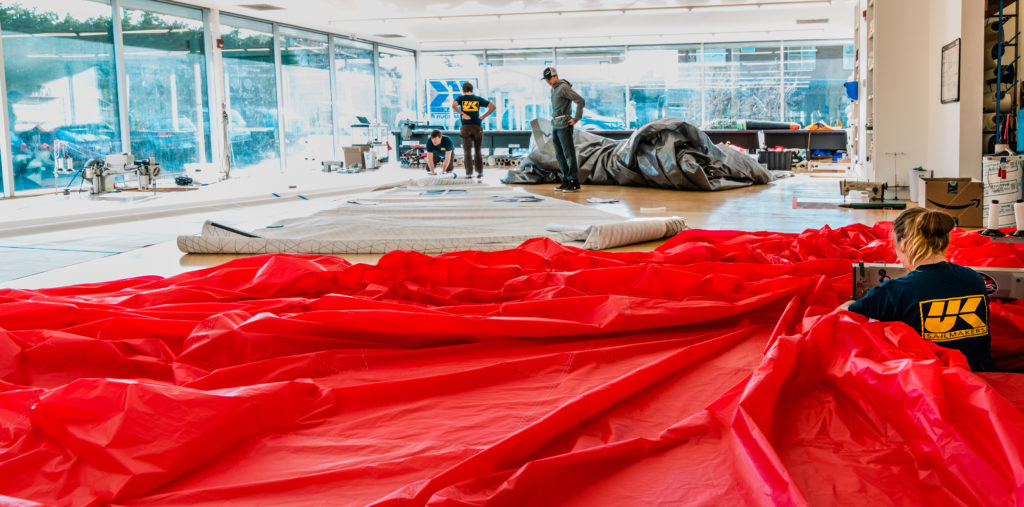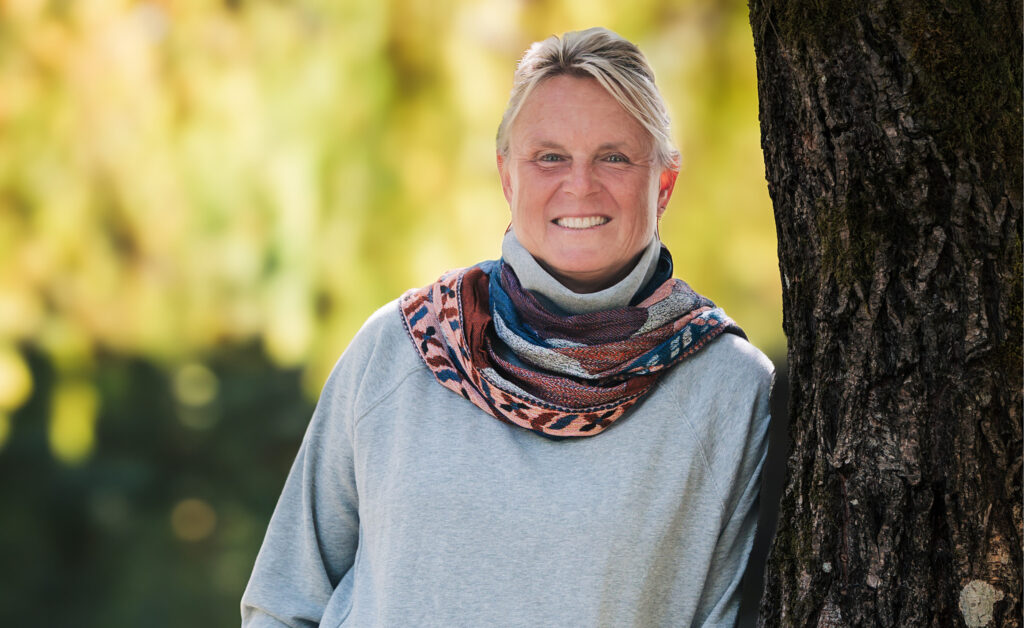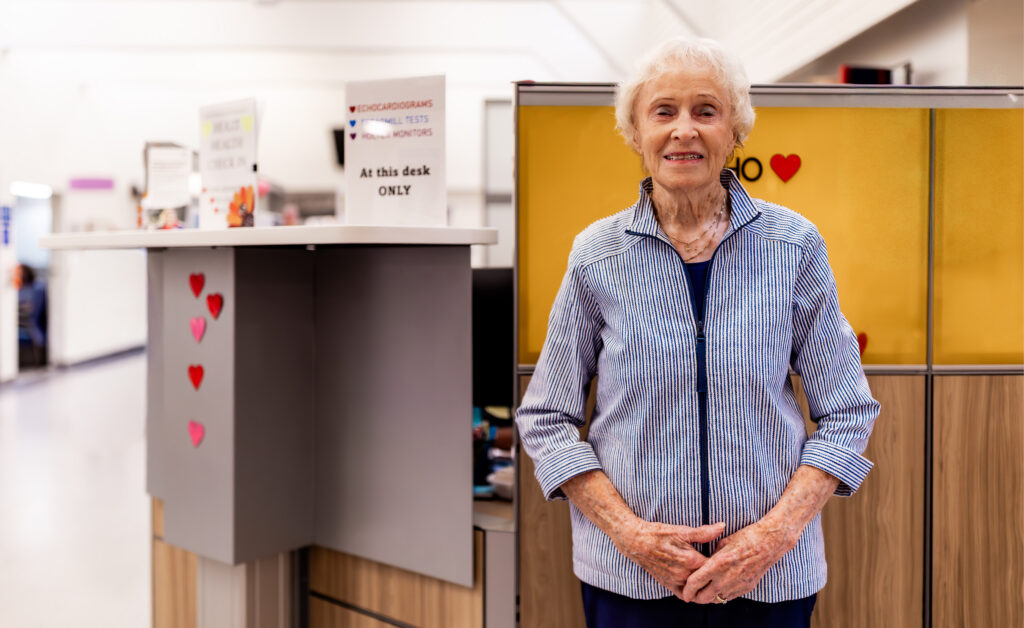by Deborah Rogers –
It’s a beautiful sight, from shore or on water, to see a sailboat with its sails filled with wind, speeding along, almost soundless, capturing energy and translating it to movement. Sails have been used for millennia as a means of transport and to travel and explore the ocean. Sidney, with its strong marine industry, has two sail making companies. It’s a specialist skill that’s becoming less common, but there’s still a local need for, and desire to support, sails made and repaired right here on the West Coast.
I headed behind the scenes at UK Sailmakers on Harbour Road to find out about this rather unique industry. My first question to Stuart Dahlgren – who owns the business with his wife Joy – was about the name, wondering what part of the U.K. the business originated from. Well, it’s nothing to do with Britain at all! UK Sailmakers is one of the oldest groups of sail lofts in the world, established in 1946 in New York City by Charles Ulmer, as Ulmer Sails. Later John Kolius joined the partnership, and the “UK” comes from their combined names: Ulmer Kolius. This Sidney loft is part of a network that spreads around the world with 50 lofts and service centres globally.
Stuart and Joy bought the business in 2011, and moved into their custom-built loft on Harbour Road in 2014. It’s a really interesting building, with the large windowed loft on the ground floor – where people driving and walking past can see the team working from the street – and two private residences above. What you can’t see from the street is the dock behind, where customers can bring their boats in; perfect for repair work, or fitting new sails.
Projects undertaken vary year round, and when I visited the really busy season for new manufactured sails was largely over, but there was plenty happening still. I counted five different sails in various states on the loft floor. Yes, everyone was working on the floor! When the pieces that you’re working with can be 500 square feet or more, you need as large a surface as possible to work on. I wondered if it was hard on the knees. Stuart reassured me that the workers there move around a lot and work from the edge of the loft as much as possible, but he didn’t deny that it’s a career that’s hard on the body. I feel most things boat related likely are.
Heather was working on a large, bright red spinnaker sail. Using large sheets of nylon, this sail will fly at the front of a boat, enabling it to whip along when the wind’s coming from behind. Her sewing machine was about the only mechanical noise in the shop.The sound is of the crinkle of nylon, occasional snip of a scissor or tap of a hammer. With the sun streaming in, it’s a pretty enticing work environment.
While it’s one of the oldest trades, sail making is full of high-tech innovation, from materials to designs. Although the principle of capturing the wind stays the same, the introduction of kevlar, carbon fibre and other new materials has seen sails become increasingly technical. When designing, Stuart explains, there are numerous considerations such as whether the sail is for racing or cruising, the number of crew and what the goals are. And racing has lots of regulations to ensure fair competition. Like all sports, every team wants to have the edge and will look for how to work within the rules to ensure they have the optimum equipment. For racing it’s all about fast and lightweight, and about the sails matching the boat and its capacities.
The team has worked on projects for some pretty prestigious boats including the SALTS tall ships, the Navy’s Orielle and for local ecotourism company Mapleleaf Adventures. Because much of the initial consultation can be done electronically though, they can undertake work for someone based just about anywhere, and enjoy good custom from the whole of the Pacific Northwest. The new Victoria International Marina is bringing some bigger boats to the area, requiring ingenuity to handle the extra large sails. What never changes though is the beauty and range of this area for sailing and exploring. While sail boats are in the minority, Stuart knows that there will always be people who want to explore in this way, and that UK Sailmakers will be ready to serve them.
What do you want Deb to peek behind the scenes of next?
Email news@seasidemagazine.ca with your ideas or an invitation!
Photos by Janis Jean Photography




